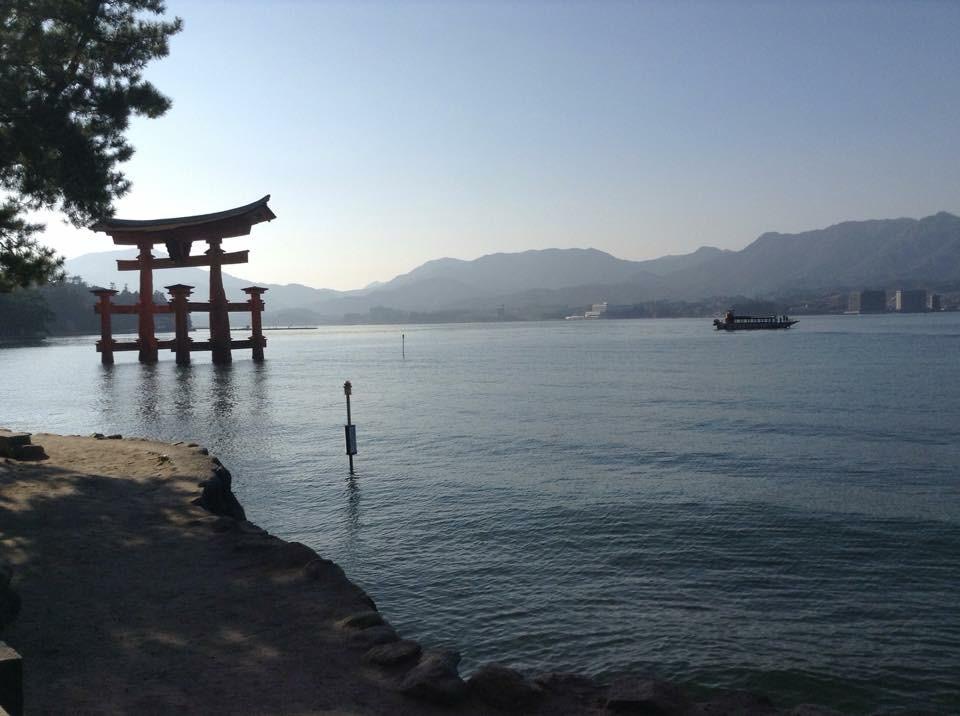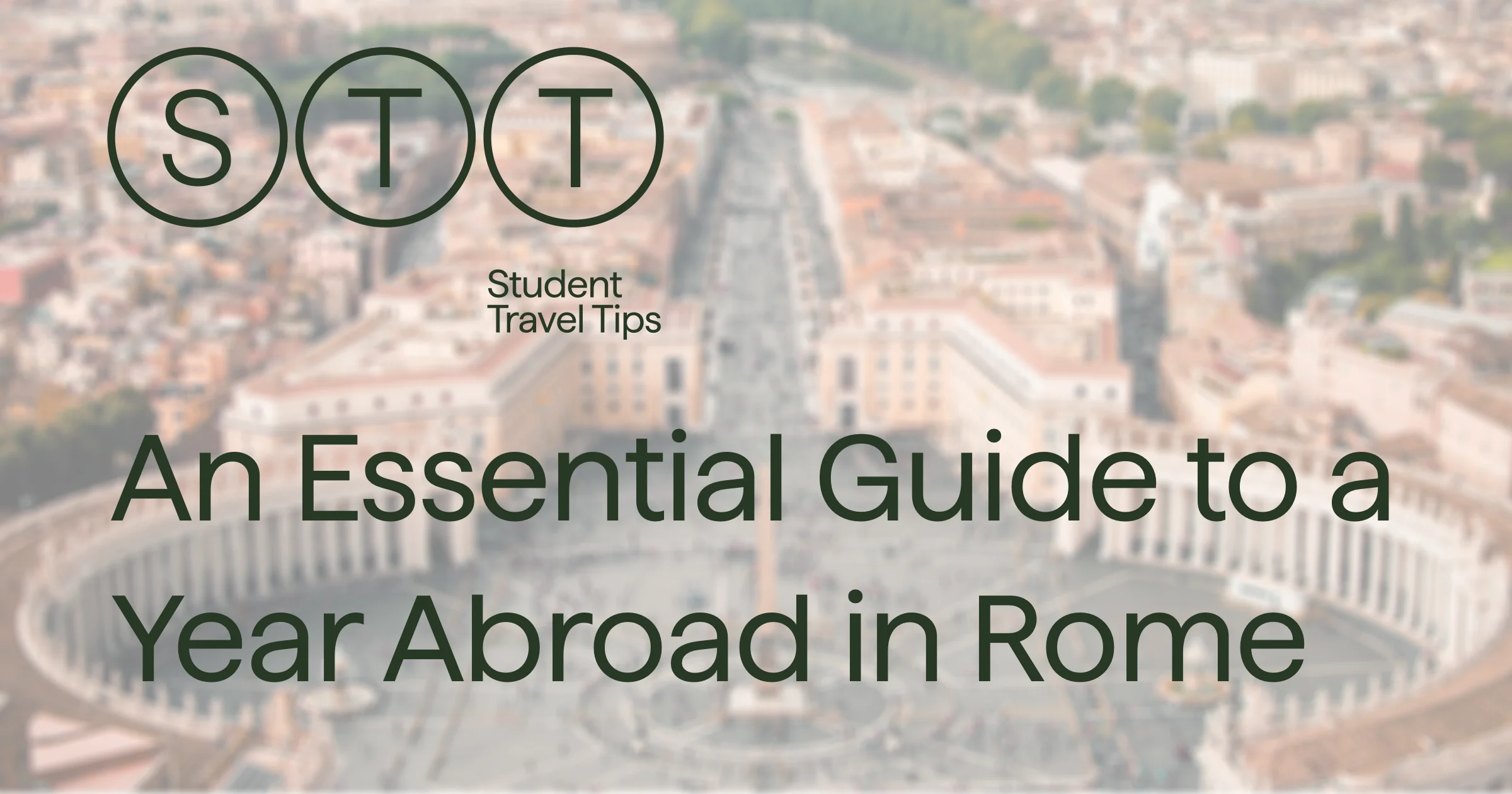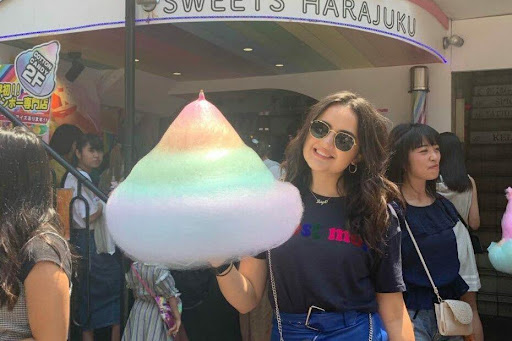Essential Tips for Travelling to Seoul, South Korea
South Korea is an up and coming destination with a unique conbination of ancient tradition alongside modern innovation. There are few other places in the world where 14th century palaces are nestled within skyscrapers and neon-lit districts have so much history. As Korea's food and pop culture become increasingly popular it's a definite bucket list country, with a bustling night-life and unique traditions.

South Korea is an up and coming destination with a unique conbination of ancient tradition alongside modern innovation. There are few other places in the world where 14th century palaces are nestled within skyscrapers and neon-lit districts have so much history. As Korea's food and pop culture become increasingly popular it's a definite bucket list country, with a bustling night-life and unique traditions.
What to Do in Seoul, South Korea
1: Changdeokgung Palace
Seoul has an incredible number of palaces and traditional buildings to visit, but Changdeokgung is my absolute favourite. It has stunning gardens and huge grounds so you could easily spend the whole afternoon exploring. There is free entry on cultural days and if you rent a traditional hanbok to wear!
2: Ihwa Mural Village /Hyehwa
This mural village has appeared in many dramas and runs alongside the old Seoul city wall. The views are beautiful and the murals themselves are lovely photo opportunities. Another great part about Ihwa is both the nearby Naksan Park and the Hyehwa area which is full of cafes and restaurants.

3: Yeouido Hangang Park
This is one of the most famous areas in Seoul and for good reason! In the summer people order fried chicken or pizza to their picnic spot in the park, during autumn there's a firework festival, there's a rainbow fountain at Banpo bridge, and a classic summer activity is renting bikes to ride alongside the river. Occasionally there are also live performances and special events held here too.
4: Cheonggyecheon Lantern Festival
The Seoul Lanterns festival is held in November, followed by a Christmas-themed festival in December, where artists create huge lantern-sculptures which are built into the Cheonggyecheon River itself. It's such a wonderful festival and gets you right in the Christmas spirit in December!
What to eat and drink in Seoul
Food
The local restaurants are all great, and there's good foreign food as well though it can be harder to find. As for Korean dishes, you absolutely have to try army stew (budaejjigae/부대찌개), spicy chicken stir-fry with cheese (cheese dak-galbi/치즈 닭갈비) and of course KBBQ.
Bars
For nightlife, one of the most unique experiences is going to a damotori (다모토리) which is like a cross between a bar and a club. Everything is cheap student prices and the standard soju-sprite-beer pitcher is lethal! There are rarely international people there though so I'd recommend going with some Korean friends. For a really unique experience, there's a North Korean-style bar in Hongdae called Pyeongyang Pub.
Clubs
Hongdae and Itaewon districts are massive for nightlife, Lazy Cat in Itaewon is great for cocktails and NB2 is a really popular hiphop club (owned by YG Entertainment if you're familiar) in Hongdae.
Extras:
The most common place to socialise is a cafe, and there are so many uniquely decorated cafes you can go to with amazing menus and atmospheres. They have a quick turnover rate so keep an eye on the cafe tags on Instagram (try #카페 or #서울카페) and Naver Maps, although one of my favourites is called Layered (레이어드), they have the best cakes and coffee and there are a few of them around Seoul.
Accommodation in Seoul, South Korea
Since Seoul is so massive, it's best to go in a district that's near your university/workplace if you're there for exchange. As a tourist, anywhere along subway line 2 is perfect as most of the big sights are along this line or on a connected line - think of line 2 as Seoul's equivalent to the circle line. The most popular areas for young people are areas like Hongdae and Hapjeong, and any area near a big university will be popular too. There aren't any areas specifically to avoid, although Sillim has a slightly negative reputation due to a few reports of harassment in that area in the past few years. Just make sure you've checked wherever you're planning to stay on the map and most importantly check how long it will take you to get from there to wherever you need to go - Seoul is huge and some parts of the city are not as well-connected as others. I lived in the SNU dormitories, which was a popular option for SNU students but less popular for other universities' students as SNU has the option for single rooms rather than shared, although I did end up sharing and had an overall good experience. The dormitories themselves (I was in global dorms) were spotlessly clean, and newly built. On top of that they only cost around £200 a month! Please bear in mind though that this is unusual and other university dormitories cost significantly more. If you're planning on finding your own place, the apps dabang (다방) and jikbang (직방) are great, they do require some basic Korean knowledge but they're easy enough to navigate. There are also a lot of private companies who own dormitories, and if you don't mind having a small amount of space then goshiwons (고시원) are affordable and easy to find as they are often geared towards exchange students. Goshipages.com is a great place to start. Some people are also able to find long-term accommodation on AirBnB so it might be worth messaging some hosts to see if they allow a rent-type situation. When you're finding your own apartment, you must see it in person as the pictures online aren't always what you get. I can't stress enough how helpful and important it is to have a fluent Korean speaker with you. If you already have any friends in Korea or you're in contact with the buddy programme for your university, ask someone to come with you to the apartments or at the very least go through the paperwork with you. English-speaking estate agents are very hard to come by, and even if you think your Korean skills are good it is always better to have a Korean person with you. It makes you come across as more trustworthy, too.
Public Transport in Seoul
Overall
The subway and buses are the main modes of transport in Seoul. The subway can get you most places, although the stops are further apart than on the tube so buses take you to the areas between. All public transport is paid for using the T-Money card, which is essentially the same as an oyster, and can be bought at the airport when you arrive. Both buses and the subway are cheap, espeically the subway when compared to the tube. You can plan your route using Kakao Maps, Naver Maps, or Cityplanner, although Naver is my personal favourite. Google Maps and other Western-made apps rarely work in Korea so generally the Naver (Korean Google) or Kakao-made apps are best.
Bikes
Rarely used unless along specific scenic routes where you can rent them cheaply for the day. Electric scooters are more common - you can use an app called Lime to rent them for however long you might need.
Trains
Overground trains connect most cities of Korea and are overall pretty great! They are relatively inexpensive, but if you don't mind paying a little extra you can take the high-speed KTX train to a couple of major cities.
Taxis
Very cheap compared to the UK and drivers are typically honest and trustworthy - just be wary of those going to and from the airport as there are lots of scams there and it's very expensive. You can hail cabs using the app Kakao Taxi which is the Korean version of Uber where you can pay in-app. If you hail the cab yourself, you can pay by cash, card, or using your T-Money card as mentioned earlier.
Safety in Seoul
One thing to look out for is scammers. There's a specific kind of scammer in Seoul who will do things like ask you for directions or feign curiosity about you being a foreigner and then invite you to traditional tea ceremonies or tours. At those ceremonies they will get you to sign up to a religious cult of some sort (which are surprisingly common in Korea) so please be careful. Always be cautious when a stranger comes to talk to you in public. Unfortunately, it's also worth noting that more epensive or exclusive clubs in areas like Gangnam have been known to charge foreigners very high entry fees, be overly strict on dress code, or flatly refuse entry due to you not being Korean. This can be even more common with non-white and non-East Asian people. For women, it's important to mention that sometimes white women can be viewed as 'exotic' and so can get some unwanted advances, particularly if you fit into the beauty standard in Korea, so please keep an eye out. It's not so much of a problem that it's in any way dangerous to go clubbing in Korea, but it's something to be aware of.
Handling money in South Korea
In Korea they use the Korean Won, and this is the only accepted currency. It can be hard to get hold of in the UK, so it's rare that you can just rock up to a bureau de change without having ordered it ahead. I did take my UK debit card and my Revolut, but the UK card had big fees and the Revolut wasn't always accepted. Visa chips rarely work in Korea apart from at very specific cash machines, and Mastercards (like Revolut) are hit and miss. I got a Korean bank card (Shinhan bank, but any is fine) which was an easy process as the university had a bank come to us and help us fill out all the forms. I then used my Revolut to transfer my student loan to my Korean card since there aren't any transfer feesFor themeparks, concerts, and trips like the DMZ it's worth looking at the website Trazy. It's a website which provides special discount prices for foreigners in Korea and is an absolute life saver.



